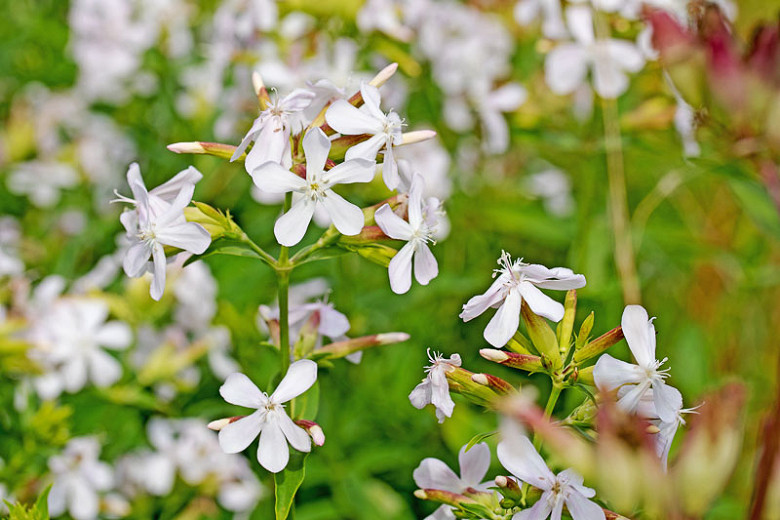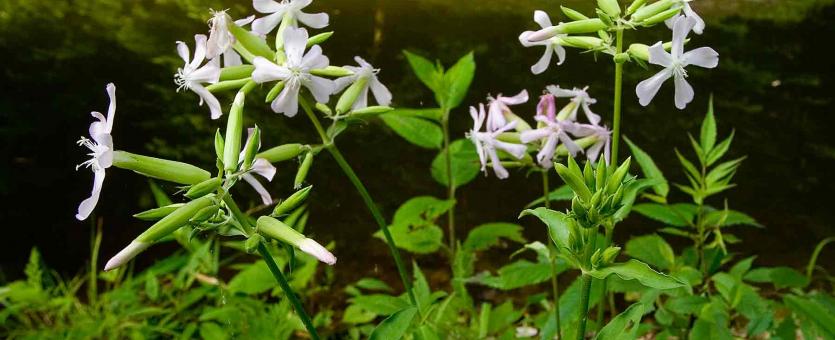Table of Contents
Bouncing Bet: Invasive Species or Beneficial Plant?
Bouncing Bet, also known as soapwort or Saponaria officinalis, is a versatile and hardy plant that has been used for centuries in traditional medicine and household cleaning. However, in some areas of the world, Bouncing Bet is considered an invasive species. In this article, we will explore the impact of Bouncing Bet on ecosystems, its classification as an invasive species, and strategies for controlling its spread.
What is an Invasive Species?
An invasive species is a non-native plant, animal, or microbe that is introduced to a new environment and causes harm to the native species or ecosystems. Invasive 메이저사이트 추천 can outcompete native species, reduce biodiversity, and alter ecosystem processes.
Distribution of Bouncing Bet
Bouncing Bet is native to Europe and western Asia, but has been introduced to other parts of the world, including North America, South America, and Australia. In North America, Bouncing Bet is considered an invasive species in some areas, particularly in the northeastern United States.
Impact of Bouncing Bet on Ecosystems
The impact of Bouncing Bet on ecosystems varies depending on the location and the degree of invasion. In areas where Bouncing Bet is invasive, it can outcompete native plant species and reduce biodiversity. It can also alter ecosystem processes, such as nutrient cycling and water flow.
In some cases, Bouncing Bet can also have positive impacts on ecosystems. Its deep roots can help stabilize soil, and its flowers provide nectar for pollinators. However, these benefits may be outweighed by the negative impacts of invasion.
Why is Bouncing Bet Considered Invasive?
Bouncing Bet is considered invasive in some areas because it is able to outcompete native plant species and rapidly colonize disturbed areas. It has a high seed production rate, and its seeds can remain viable in the soil for several years. Bouncing Bet is also able to spread 메이저사이트 추천, as fragments of its roots can form new plants.
Strategies for Controlling Bouncing Bet
Controlling the spread of Bouncing Bet requires a combination of approaches, including mechanical, chemical, and cultural methods.
Mechanical methods include digging up the plants, pulling them out by hand, or mowing them down. However, mechanical methods may not be effective in controlling large infestations, as Bouncing Bet can regrow from small root fragments.
Chemical methods include using herbicides to kill Bouncing Bet. However, herbicides can also harm native plant species and have negative impacts on the environment if not used correctly.
Cultural methods involve changing the environmental conditions to make it less suitable for Bouncing Bet to grow. For example, reducing soil disturbance, increasing shade, or planting competitive native species can help to reduce the spread of Bouncing Bet.
Benefits of Bouncing Bet
Despite its classification as an invasive species in some areas, Bouncing Bet has many beneficial uses. Its saponins make it an effective natural cleanser, and it has anti-inflammatory and antimicrobial properties that make it effective in traditional medicine. Bouncing Bet is also a valuable companion plant and soil enhancer.
Conclusion
Bouncing Bet is a versatile and hardy plant that has been used for centuries in traditional medicine and household cleaning. However, its ability to outcompete native plant species and rapidly colonize disturbed areas has led to its classification as an invasive species in some areas. Strategies for controlling the spread of Bouncing Bet require a combination of approaches, including mechanical, chemical, and cultural methods. While its classification as an invasive species should not be ignored, it is important to recognize the valuable uses of Bouncing Bet and to use it responsibly.











